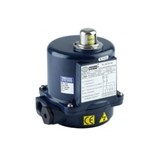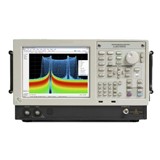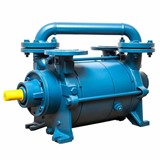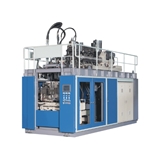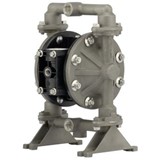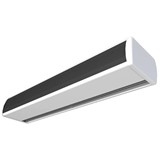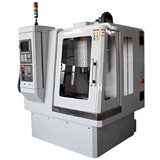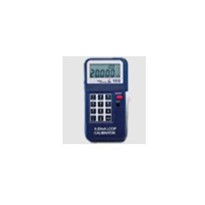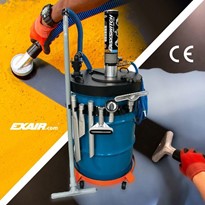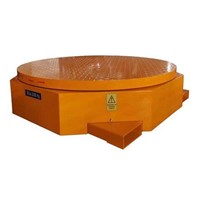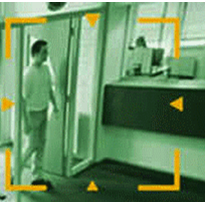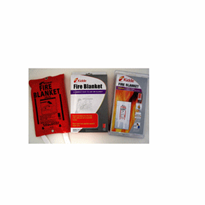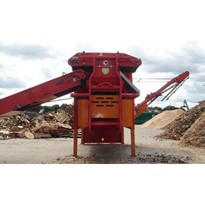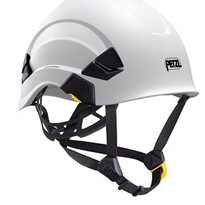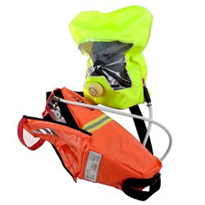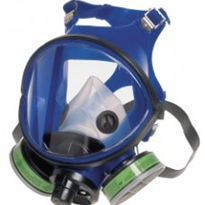The largest changes from a safety perspective, and in particular that of personal protection, come in the area of Arc Flash protection.
For many years, the biggest killer in the electrical industry was thought to be electrocution. Overseas research has proved this to not be the case, with burns from Arc Flash incidents proving to be responsible for far more deaths. The lessons learned have been heeded, and the new AS/NZS 4836:2011 contains many Arc Flash protection measures, a first for any Australian Standard.
Arc Flash may be a new topic here is Australia, but it has been well known overseas for almost 20 years. The Europeans and Americans both have standards specifically addressing the issue of Arc Flash. While such a standard being developed locally has been discussed in Australia, it appears to be on the back burner with no real sense of progress. The temporary solution has been to learn from the American Standard, and use the bare bones of it, and Arc Flash Personal Protective Equipment (PPE) knowledge in AS/NZS 4836:2011.
What is Arc Flash?
An arc flash or fault happens when electric current flows through air gaps between conductors – essentially, it is a short circuit. Arc flashes often occur when racking in a breaker, performing switching, Insulation failure, and accidents caused by touching a test probe to the wrong surface or slipped (non-insulated) tools. In its most basic form, an arc is made up of four elements; Thermal Energy (heat), Acoustical Energy (sound), Presssue Wave and Debris. Each of these elements can cause serious injury or death to a person.
How does AS/NZS 4836:2011 address it?
AS/NZS 4836:2011, for the first time, specifies Arc Flash PPE that must be used in certain situations. The Arc Flash PPE specified is of American Standards rating (NFPA 70-E). The American standard classifies garments by a rating known as cal/cm2. This is calories, per square centimetre. Calorie is a measure of energy (or heat), required to heat 1L of water by 1°C. As you can quickly work out, the higher a cal/cm2 rating a garment will have, the more heat and energy it can protect the wearer from. AS/NZS 4836:2011 specifies certain cal/cm2 (or simply ‘cal’) ratings certain pieces of PPE are now required to have. Quite obviously, higher risk tasks, require higher rating pieces of PPE.
What do you need to know?
The table below is based on table 9.1 from AS/NZS 4836:2011 and shows the new Arc Flash requirements for PPE in clear, easy to understand format. Products to suit all of the below requirements are readily available from reputable safety companies such as Extreme Safety.
| Personal Protective Equipment (PPE) | Requirements to AS/NZS 4836:2011 | Clarification |
| Eye protection | No metal, complying with AS/NZS1337 and selected in accordance with AS/NZS 1336. | Heat resistant, no metal |
| Face Shield | Certified to 10cam/cm2 | Tested to 10cal |
| Arc Flash suit and hood | Certified to 40cam/cm2 | Tested to 40cal |
| Insulating gloves | AS2225 or Equivalent, rated to appropriate voltage, air tested before use. | IEC, ASTM and EN gloves acceptable |
| Flame-resistant (FR) gloves | Gloves made from leather or other non-melting heat-resistance material | Complying with AS/NZS2161.4 |
| Protective Clothing | Flame-resistant, full body clothing with no metal. | Cotton not suitable. Must be FR rated and tested fabric. |
NB: This table applies when working on, or near live-parts, as is discussed in the scope of the standard.
When do I need to implement these changes?
As soon as possible. The new standard was released in May, and while there is a period of lenience generally afforded to companies in complying with new standards, this one provide a massive leap in employee safety. Get them in the right gear as soon as possible. A burns ward is not a nice place.



